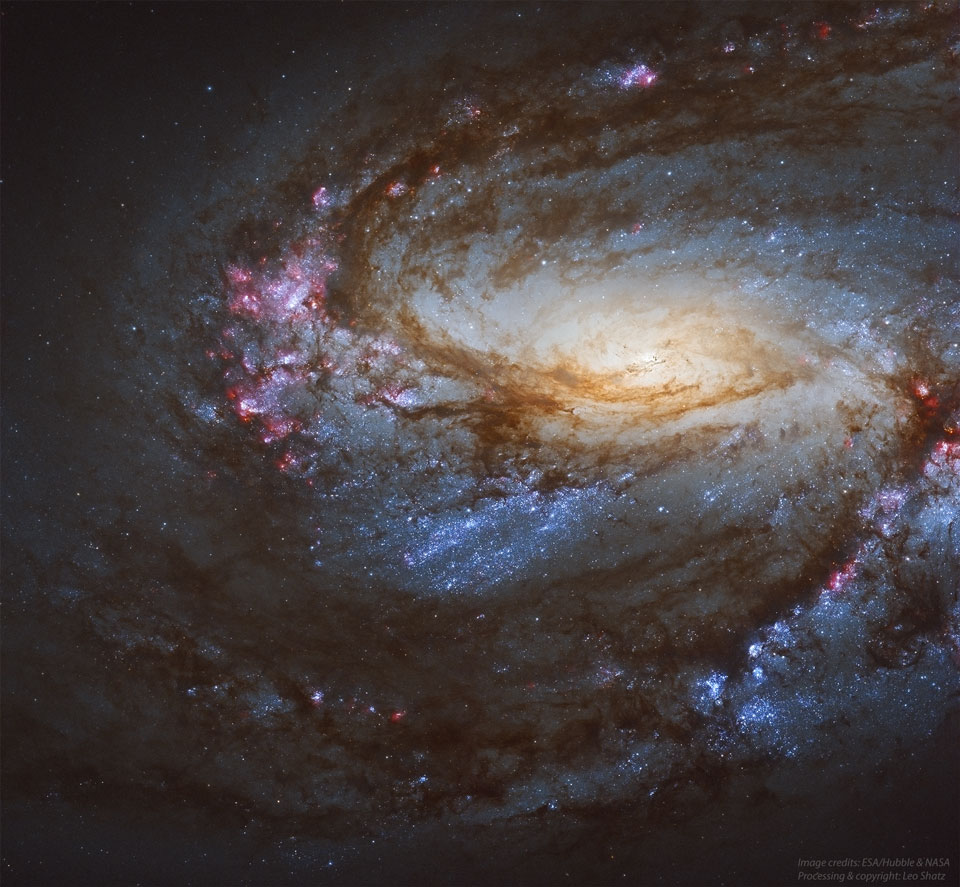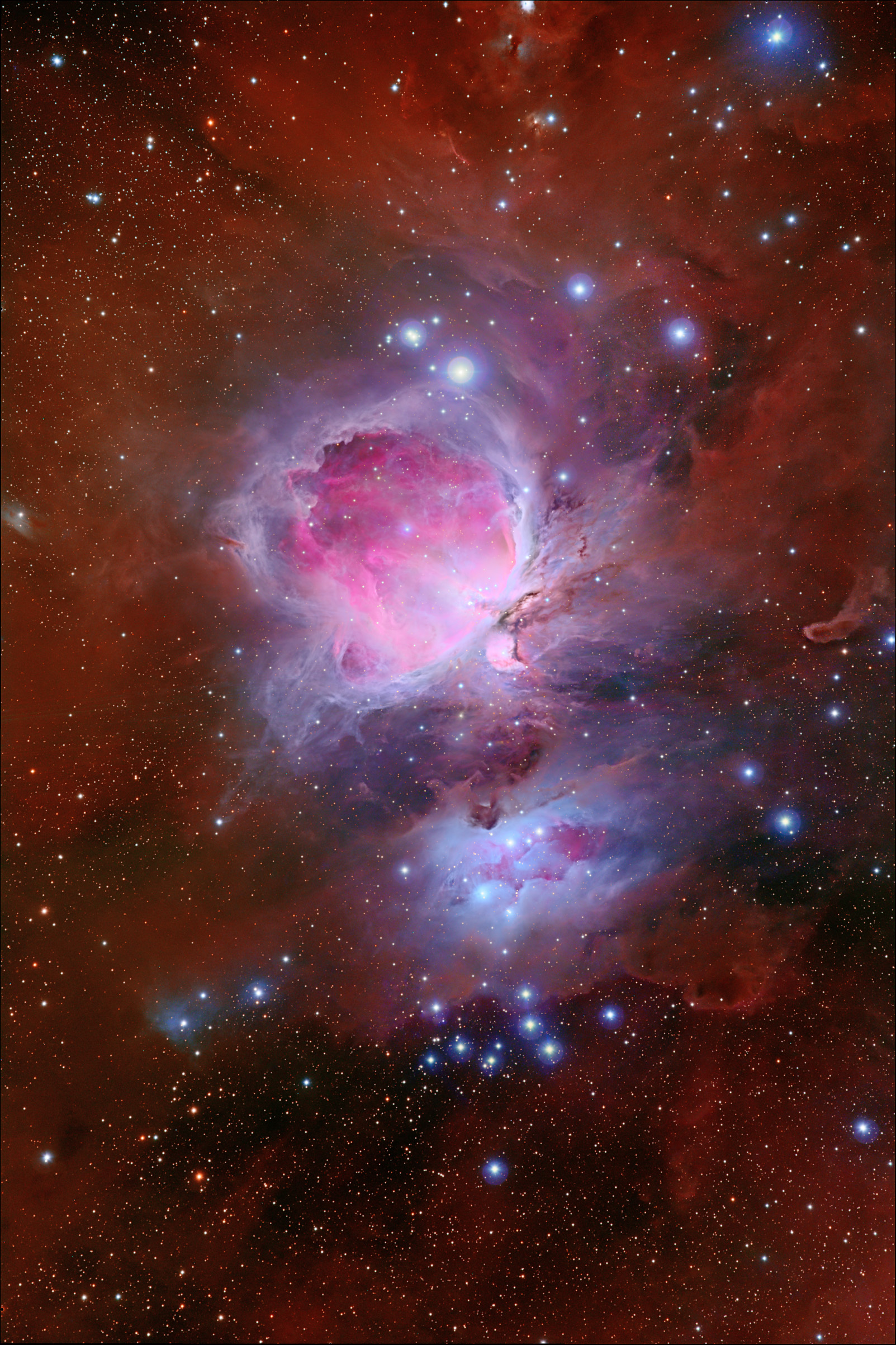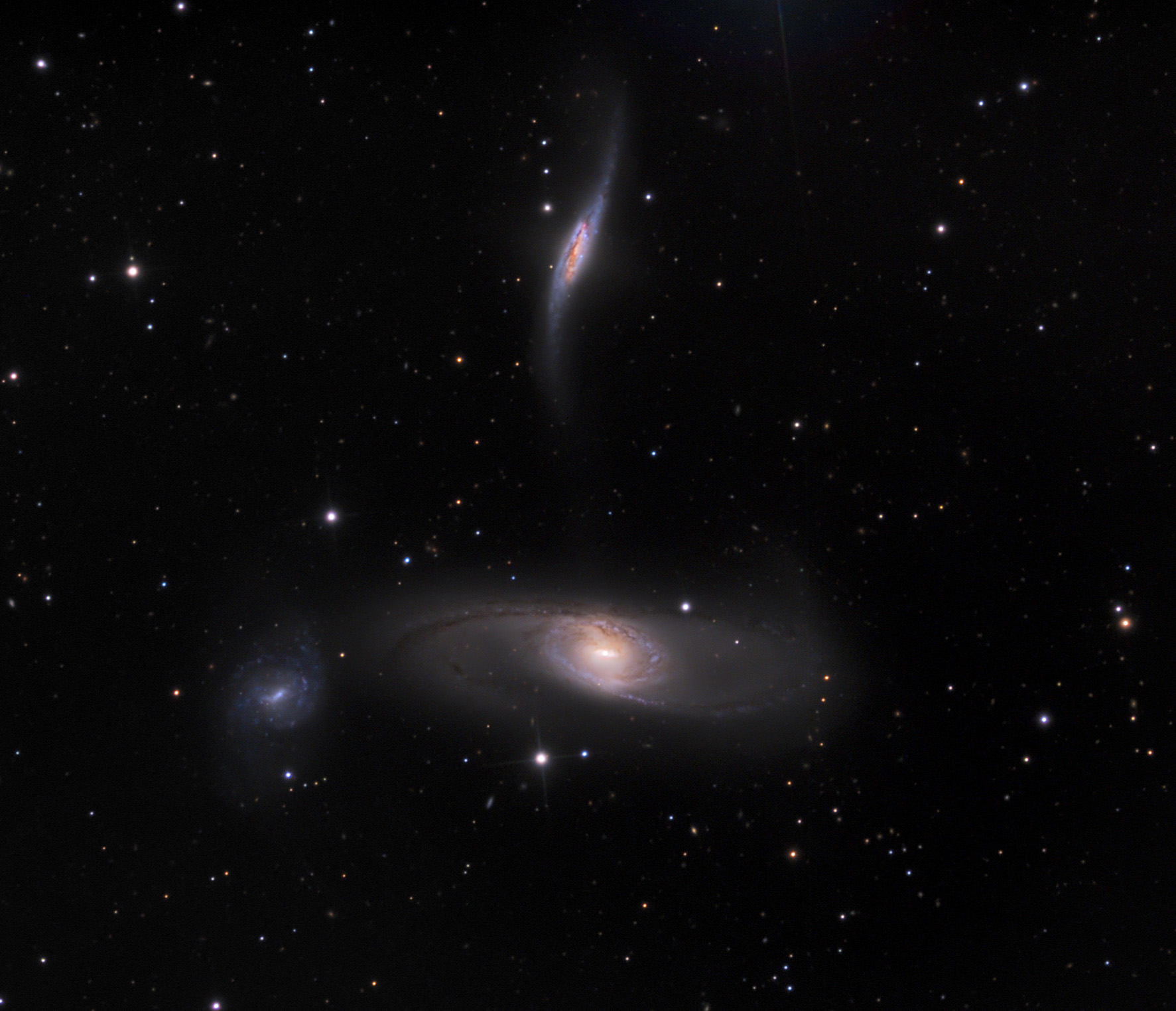Blog
Ida Cox (born Ida M. Prather, February 26, 1888 or 1896 – November 10, 1967) was an American singer and vaudeville performer, best known for her blues performances and recordings. She was billed as “The Uncrowned Queen of the Blues”.
Cox was born Ida M. Prather, the daughter of Lamax and Susie (Knight) Prather in Toccoa, then Habersham County, Georgia, and grew up in Cedartown, Polk County, Georgia. Many sources give her birth date as February 26, 1896, but the researchers Bob Eagle and Eric LeBlanc have suggested she was born in 1888 and noted other evidence suggesting 1894. Her family lived and worked in the shadow of the Riverside Plantation, the private residence of the wealthy Prather family, from which her namesake came. She faced a future of poverty and few educational and employment opportunities.
Cox joined the local African Methodist Choir at an early age and developed an interest in gospel music and performance. At the age of 14, she left home to tour with White and Clark’s Black & Tan Minstrels. She began her career on stage by playing Topsy, a “pickaninny” role commonly performed in vaudeville shows of the time, often in blackface. Cox’s early experience with touring troupes included stints with other African-American travelling minstrel shows on the Theater Owners Booking Association vaudeville circuit: the Florida Orange Blossom Minstrels, the Silas Green Show, and the Rabbit Foot Minstrels.
more...This stunning Hubble Space Telescope image of nearby spiral galaxy M66 is just that. A spiral galaxy with a small central bar, M66 is a member of the Leo Galaxy Triplet, a group of three galaxies about 30 million light years from us. The Leo Triplet is a popular target for relatively small telescopes, in part because M66 and its galactic companions M65 and NGC 3628 all appear separated by about the angular width of a full moon. The featured image of M66 was taken by Hubble to help investigate the connection between star formation and molecular gas clouds. Clearly visible are bright blue stars, pink ionized hydrogen clouds — sprinkled all along the outer spiral arms, and dark dust lanes in which more star formation could be hiding.

Nicholas Christian Hopkins (24 February 1944 – 6 September 1994) was an English pianist and organist. Hopkins recorded and performed on many notable British and American pop and rock music releases from the 1960s through the 1990s including many songs by The Rolling Stones, The Kinksand The Who.
Nicholas Christian Hopkins was born in Perivale, Middlesex, England, on 24 February 1944. He began playing the piano at the age of three. He attended Sudbury Primary School in Perrin Road and Wembley County Grammar School, which now forms part of Alperton Community School, and was initially tutored by a local piano teacher; in his teens he won a scholarship to the Royal Academy of Music in London. He suffered from Crohn’s disease for most of his life.
Hopkins played with the Rolling Stones on all their studio albums from Between the Buttons in 1967 through Tattoo You in 1981, excepting for Some Girls (1978). Among his contributions, he supplied the prominent piano parts on “We Love You” and “She’s a Rainbow” (both 1967), “Sympathy for the Devil” and “No Expectations” (1968), “Monkey Man” (1969), “Sway” (1971), “Loving Cup” and “Ventilator Blues” (1972), “Angie” (1973), “Time Waits for No One” (1974) and “Waiting on a Friend” (recorded 1972, released in 1981). When working with the band during their critical and commercial zenith in the late 1960s and early 1970s, Hopkins tended to be employed on a wide range of slower ballads, uptempo rockers and acoustic material; conversely, longtime de factoStones keyboardist Ian Stewart only played on traditional major key blues rock numbers of his choice, while Billy Preston often featured on soul- and funk-influenced tunes. Hopkins’ work with the Rolling Stones is perhaps most prominent on their 1972 studio album, Exile on Main St., where he contributed in a variety of musical styles.
Along with Ry Cooder, Mick Jagger, Bill Wyman and Charlie Watts, Hopkins released the 1972 album Jamming with Edward! It was recorded in 1969, during the Stones’ Let It Bleed sessions, when guitarist Keith Richards was not present in the studio. The eponymous “Edward” was an alias of Nicky Hopkins derived from studio banter with Brian Jones. It was incorporated into the title of an outstanding Hopkins instrumental performance (“Edward, the Mad Shirt Grinder”) released on Shady Grove in December 1969. Hopkins also contributed to the Jamming With Edward! cover art.
Hopkins was added to the Rolling Stones touring line-up for the 1971 Good-Bye Britain Tour, as well as the 1972 North American tour and the 1973 Pacific tour. He contemplated forming his own band with multi-instrumentalist Pete Sears and drummer Prairie Prince around this time but decided against it after the Stones tour. Hopkins failed to make the Rolling Stones’ 1973 European tourdue to ill health and, aside from a guest appearance in 1978, did not play again with the Stones live on stage.
more...David “Fathead” Newman (February 24, 1933 – January 20, 2009) was an American jazz and rhythm-and-blues saxophonist who made numerous recordings as a session musician and leader, but is best known for his work as a sideman on seminal 1950s and early 1960s recordings by singer-pianist Ray Charles.
The AllMusic Guide to Jazz wrote that “there have not been many saxophonists and flutists more naturally soulful than David ‘Fathead’ Newman.” Newman was a leading exponent of the “Texas Tenor” saxophone style, a big-toned, bluesy approach popularized by jazz tenor players from that state.
Newman was born in Corsicana, Texas, on February 24, 1933, but grew up in Dallas, where he studied first the piano and then the saxophone. According to one account, he got his nickname “Fathead” in school when “an outraged music instructor used it as an epithet after catching Mr. Newman playing a Sousa march from memory rather than from reading the sheet music, which rested upside down on the stand.”
Inspired by the jump blues bandleader Louis Jordan, Newman took up the alto saxophone in the seventh grade, and was mentored by former Count Basie saxophonist Buster Smith. He went off to Jarvis Christian College on a music and theology scholarship but quit school after three years and began playing professionally, mostly jazz and blues, with a number of musicians, including Smith, pianist Lloyd Glenn, and guitarist bandleaders Lowell Fulson and T-Bone Walker.
more...Michel Jean Legrand (French pronunciation: [miʃɛl ləɡʁɑ̃]; 24 February 1932 – 26 January 2019) was a French musical composer, arranger, conductor, and jazz pianist. Legrand was a prolific composer, having written over 200 film and television scores, in addition to many songs. His scores for the films of French New Wave director Jacques Demy, The Umbrellas of Cherbourg (1964) and The Young Girls of Rochefort (1967), earned Legrand his first Academy Award nominations. Legrand won his first Oscar for the song “The Windmills of Your Mind” from The Thomas Crown Affair (1968).
https://www.youtube.com/watch?v=vDMUqzYP8mk&list=RDvDMUqzYP8mk&start_radio=1&t=139
more...The Orion Nebula (also known as Messier 42, M42, or NGC 1976) is a diffuse nebula situated in the Milky Way, being south of Orion’s Belt in the constellation of Orion. It is one of the brightest nebulae, and is visible to the naked eye in the night sky. It is 1,344 ± 20 light-years (412.1 ± 6.1 pc) away and is the closest region of massive star formation to Earth. The M42 nebula is estimated to be 24 light years across. It has a mass of about 2,000 times that of the Sun. Older texts frequently refer to the Orion Nebula as the Great Nebula in Orion or the Great Orion Nebula.

Norman Russell “Rusty” Young (born February 23, 1946, in Long Beach, California) is an American guitarist, vocalist and songwriter best known as one of the frontmen in the influential country rock and Americana band Poco.
A virtuoso on pedal steel guitar, he is celebrated for the ability to get a Hammond B3 organ sound out of the instrument by playing it through a Leslie speaker cabinet and as an innovator of producing other rock sounds from the instrument.
Young was raised in Colorado. He began playing lap steel guitar at age 6, and taught guitar and steel guitar lessons during his high school years. During that time, he also played country music in late night bars. Rusty played in a well known Denver psychedelic rock band “Boenzee Cryque”.
more...John Dawson “Johnny” Winter III (February 23, 1944 – July 16, 2014) was an American singer and guitarist. Winter was known for his high-energy blues rock albums and live performances in the late 1960s and 1970s. He also produced three Grammy Award-winning albums for blues singer and guitarist Muddy Waters. After his time with Waters, Winter recorded several Grammy-nominated blues albums. In 1988, he was inducted into the Blues Foundation Hall of Fame and in 2003, he was ranked 63rd in Rolling Stone magazine’s list of the “100 Greatest Guitarists of All Time“.
Johnny Winter was born in Beaumont, Texas, on February 23, 1944. He and younger brother Edgar (born 1946) were nurtured at an early age by their parents in musical pursuits. Their father, Leland, Mississippi native John Dawson Winter Jr. (1909–2001), was also a musician who played saxophone and guitar and sang at churches, weddings, Kiwanis and Rotary Club gatherings. Johnny and his brother, both of whom were born with albinism, began performing at an early age. When he was ten years old, the brothers appeared on a local children’s show with Johnny playing ukulele.
more...Hall Franklin Overton (February 23, 1920 – November 24, 1972) was an American composer, jazz pianist and music teacher. He was born in Bangor, Michigan, the first of the three sons of Stanford and Ruth (Barnes) Overton. He grew up in Grand Rapids, Michigan.
After taking piano lessons as a youngster, Overton realized he’d have to travel beyond his small Midwestern town to find the kind of music instruction he wanted. His high school music teacher recognized Overton’s gift and recommended he attend The Chicago Musical College after graduation. Overton studied theory and composition there from 1940 to 1942. He then entered the armed services and served in overseas combat duty with the U.S. 3rd Armored Division until 1945. It was during his time in the service that he learned to play jazz.
On discharge from the army, Overton continued his musical studies at The Juilliard School of Music, studying composition with Vincent Persichetti. He graduated in 1951 with an M.S. degree, then became a member of the faculty there.
more...George Frideric (or Frederick) Handel (/ˈhændəl/; baptised Georg Friederich Händel [ˈɡeːɔʁk ˈfʁiːdʁɪç ˈhɛndl̩] ; 23 February 1685 – 14 April 1759) was a German-born Baroque composer becoming well known for his operas, oratorios, anthems, concerti grossi and organ concertos. Handel received his training in Halle and worked as a composer in Hamburg and Italy before settling in London in 1712, where he spent the bulk of his career and became a naturalised British subject in 1727. He was strongly influenced both by the middle-German polyphonic choral tradition and by composers of the Italian Baroque.
Handel started three commercial opera companies to supply the English nobility with Italian opera. In 1737 he had a physical breakdown, changed direction creatively, and addressed the middle class and made a transition to English choral works. After his success with Messiah (1742) he never composed an Italian opera again. His orchestral Water Music, and Music for the Royal Fireworks remain steadfastly popular. Almost blind, he died in 1759, a respected and rich man, and was given a state funeral at Westminster Abbey.
Handel composed more than forty opera serias over a period of more than thirty years. Since the late 1960s, interest in Handel’s music has grown. The musicologist Winton Dean wrote that “Handel was not only a great composer; he was a dramatic genius of the first order.” His music exerted a strong influence on Classical-era composers, including Mozart and Beethoven.
more...Bobby Hendricks (born February 22, 1938, Columbus, Ohio) is an American R&B singer who charted two hits in the late 1950s. Hendricks was a member of The Swallows, The Flyers, and sang lead with The Drifters before becoming a successful solo act (he sang The Drifters’ “Drip Drop“).
https://www.youtube.com/watch?v=zjz9tItWpmg
more...Arp 286 NGC 5566 is a barred spiral galaxy in the constellation Virgo, which is approximately 65 million light years away from Earth. The galaxy is the biggest in the constellation Virgo, stretching nearly 150,000 light yearsin diameter. The galaxy NGC 5566 was discovered on 30 April 1786 by the German-British astronomer William Herschel. It is included in Halton Arp‘s Atlas of Peculiar Galaxies.

More Posts
- Mama Cass Day
- Don Redman Day
- Charlie Christian Day
- World Music with Ulla Pirttijärvi
- Daily Roots with Paolo Baldini DubFiles Ft. Hempress Sativa
- The Cosmos with NGC 4921
- Mike Bloomfield Day
- Charlie Biddle Day
- World Music with Gnawa Music of Marrakesh
- Daily Roots with Holly Cook
- The Cosmos with 23 Tauri
- Jean Toussaint Day
- Dale Fielder Day
- World Music with Sabicas
- Daily Roots with Tommy McCook & the Aggrovators
- The Cosmos with Barnard 228
- Mick Jagger Day
- Charlie Persip Day
- Erskine Hawkins Day
- World Music with Aynur Doğan